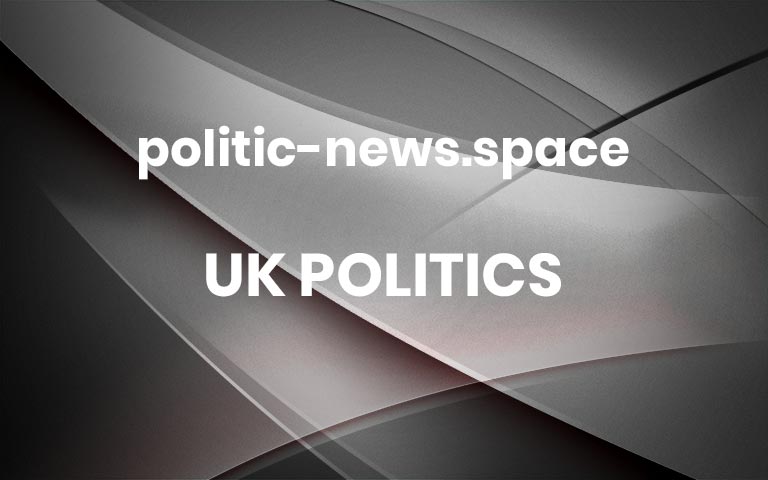Pakistan-Iran strikes latest: At least 9 dead as Islamabad hits back following missile attack from Tehran
For free real time breaking news alerts sent straight to your inbox sign up to our breaking news emailsSign up to our free breaking news emailsPakistan has launched missiles into Iran, killing at least nine people, in retaliation for Iran airstrikes inside Pakistan earlier this week. The move has heightened fears of instability spreading across the Middle East in the wake of the Israel-Hamas war in Gaza.Pakistan had warned Tehran that there would be “serious consequences” for Tuesday’s attack, which it said had killed at least two children in western Pakistan.Multiple blasts were heard in Iran’s southeastern province of Sistan-Balochistan on Thursday, according to state news agency IRNA. Four children were said to be among the dead.Pakistan’s foreign ministry said it had conducted airstrikes targeting Baloch separatist groups inside Iran, such as the Balochistan Liberation Front and the associated Baloch Liberation Army. Several missiles hit a border village, officials in Tehran said.The victims – three women, four children and two men – were all non-Iranian citizens and were killed near the town of Saravan, according to Ali Reza Marhamati, a deputy governor of the province. Pakistan’s foreign ministry said it had conducted a series of “highly coordinated” strikes in the Sistan-Balochistan province. It said: “A number of terrorists were killed during the intelligence-based operation.”Pakistan’s military described using “killer drones, rockets, loitering munitions and stand-off weapons” in the attack. Stand-off weapons are missiles fired from aircraft at a distance.On Tuesday, Iran carried out missile strikes on targets in Pakistan, saying they had hit two bases connected to the militant group Jaish al-Adl.Pakistan’s foreign office said the attack was an “illegal act” and condemned the “unprovoked violation of its airspace by Iran” that it said had resulted in the deaths of two children and injured three girls. “This violation of Pakistan’s sovereignty is completely unacceptable and can have serious consequences,” a foreign office spokesperson said.Pakistan’s caretaker prime minister, Anwaar ul-Haq Kakar, cut short a trip to Davos to return to Pakistan, while acting foreign minister Jalil Abbas Jilani returned from a visit to Uganda.Iran strongly condemned the strikes and summoned Pakistan’s charge d’affaires to give an explanation. Pakistan had already withdrawn its ambassador over Tuesday’s attack.Mr Jilani “firmly underscored” in a telephone call with his Iranian counterpart, Hossein Amir Abdollahian, that Iran’s attack on Tuesday was not only a breach of sovereignty but also an “egregious violation of international law”.However, both sides appeared to signal a desire to keep the situation contained. Iran’s foreign ministry said on Thursday that it was committed to good neighbourly relations with Pakistan, but called on Islamabad to prevent the establishment of “terrorist bases” on its soil.Pakistan issued a similar statement, saying: “Pakistan fully respects the sovereignty and territorial integrity of the Islamic Republic of Iran. The sole objective of today’s act was in pursuit of Pakistan’s own security and national interest, which is paramount and cannot be compromised.”In state media reports, which were later withdrawn without explanation, Iran said its paramilitary Revolutionary Guard had targeted bases used by the militant group Jaish al-Adl, or “Army of Justice”, in Pakistan on Tuesday. The group, which seeks an independent Balochistan and has spread across Afghanistan, Iran and Pakistan, acknowledged the missile strike in a statement shared online.Pakistan was the third country to be struck by Tehran this week after earlier attacks on targets in Iraq and Syria, in a move that has further escalated fears of a conflict spreading across the Middle East. The attacks were condemned by the United States, which accused Iran of violating the “sovereign borders of three of its neighbours in just the past couple of days”.Nations across the Middle East have been on edge since a Hamas attack inside Israel on 7 October that killed 1,200 people and saw more than 240 taken hostage. In response, Israel has vowed to eradicate Hamas and has launched airstrikes and ground operations inside Hamas-controlled Gaza, backed up by a blockade. Health officials in Gaza say more than 24,000 people have been killed in the three-month conflict.Hamas is backed by Iran, with Tehran also supporting Hezbollah in Lebanon and the Houthis in Yemen. Hezbollah has been engaging in near-daily exchanges of fire with Israeli forces on the Israel-Lebanon border, while the Houthis have been striking ships in the Red Sea, a vital route for global trade. The Houthis claim they are targeting Israel-bound ships, but have struck several US-owed vessels, sparking the creation of a multi-national force in the area, led by Washington, to protect shipping.The UK and the US have also struck several Houthi sites across Yemen with missiles to try to deter attacks. The latest US strikes took place place on Wednesday. Some 14 Houthi missiles, which the US says may have been intended for attacks on shipping in the Red Sea, were targeted by American forces.Israel’s president, Isaac Herzog, told the Davos conference that there was an “empire of evil” emanating from Iran, which must be tackled by a very strong coalition. Mr Herzog said billions of dollars were being spent to destabilise the world as Iran funded proxies around the region to undermine any peace process.China, a crucial partner for both countries, has urged restraint. Chinese foreign ministry spokesperson, Mao Ning said: “China sincerely hopes that both sides can exercise calm and restraint and avoid escalation of tension.”India has backed Iran in its strikes on Pakistan, calling them an act of self-defence. India’s foreign ministry said on Wednesday: “Insofar as India is concerned, we have an uncompromising position of zero tolerance towards terrorism. We understand actions that countries take in their self-defence.” More



